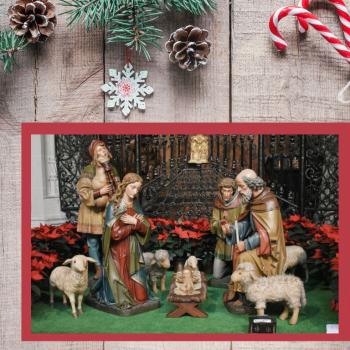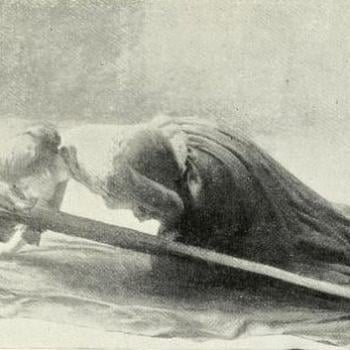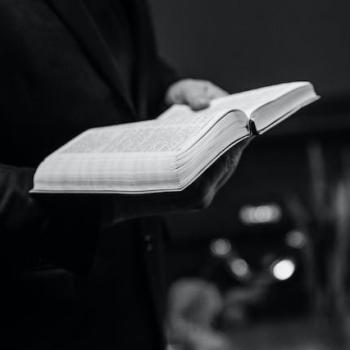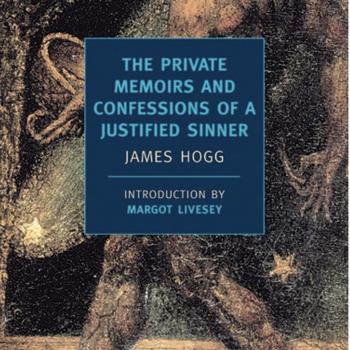The most significant chalices in the Harry Potter films can be seen in Goblet of Fire in the form of the namesake Goblet of Fire and the Tri-Wizard Cup, though they are used in drastically different ways in the film than the chalice is used in Witches’ practice. The Goblet of Fire acts as a type of divination tool, choosing the competitors in the Triwizard tournament. It acts as a receiver and container for the candidates’ names. Then the fire burns to reveal the candidates most qualified, combining fire and container much like a Witch might burn a fire in a cauldron. The Tri-Wizard Cup is an award, sought after like the Holy Grail. In many ways, winning the cup also connects to “winning the maiden,” as most of the competitors pursue romantic relationships in this film. When Cedric and Harry grasped the cup and were brought to the graveyard, one of the primary images is the large cauldron used for Voldemort’s rebirth. Again, while most Witches would not choose to practice such dark magic, the use of the cauldron as a symbol of rebirth makes sense.
The last major ritual tool, the pentacle, is usually a flat plate or disc inscribed with the five-pointed star, the pentagram, which represents the four elements and spirit (Cunningham, 33). The feminine quality of the pentacle is like that of the earth itself. It pulls, attracts, holds, and concentrates energies invoked by the Witch. The Harry Potter films do not show any pentacles, but the element of Earth is represented clearly in a powerful magical object, the “Sorcerer’s Stone.” Hermione describes the stone as “a legendary substance with astonishing powers. It’ll transform any metal into pure gold and produces the elixir of life, which will make the drinker immortal” (Sorcerer’s Stone).
Based on actual folklore of the “Philosopher’s Stone,” the film presents the stone as an object that was created by historical alchemist Nicholas Flamel. Its ability to create gold connects it to the pentacle’s association with material wealth, while its ability to extend life connects it symbolically to the Goddess. The stone itself in the film is roughly the shape of a pentagon, subtly reminiscent of the pentacle’s five points. This stone that gives immortal life also foreshadows a stone used in the final story, the “Resurrection Stone.” This legendary stone can bring people back to life. While neither of these stones is used as a primary magical tool by any of the characters, they are focal objects in their stories, symbolically connecting the stone to the earth and power over life and death.
In this final installment of the series, Harry Potter and the Deathly Hallows, readers and viewers are introduced to three legendary objects: an invincible wand, a stone that resurrects the dead, and a cloak of invisibility. Believers seek the objects with the goal of defeating death. Harry inherits all three objects from his father and ancestors (his physical lineage) through his mentor Dumbledore (his spiritual or magical lineage). The term “hallows” simply means “sacred object,” but likely Rowling was intentionally alluding to the “Four Hallows” of Celtic mythology: the Sword, the Spear, the Grail, and the Stone. According to John and Caitlyn Matthews in Hallowquest, many Celtic legends tell of heroes searching for these four objects, which represent the four elements (124). Together the Hallows represent the fulfillment of a quest. The rich symbolism of the Hallows reinforces the elemental imagery in the entire Harry Potter series.
In my reading, Rowling’s “Resurrection Stone” clearly represents the mythic Stone, the “preserver of knowledge” (140). Rowling’s “Wand of Destiny” represents a combination of both Sword, dispeller of obstacles (130) and Spear, which “heals and wounds” (133). The Grail, which we’ve already discussed as representing the receptive and intuitive (136), symbolically can be seen in the Deathly Hallows as the Cloak of Invisibility. This cloak allows Harry and his friends to become invisible, giving him the ability to slip in and out of many situations without being seen. While Witches tend to wear magical clothing with the goal of being seen and affecting ritual participants through the visual realm, the invisibility cloak symbolizes a magical technique as much as an actual object. In preparation for ritual, one of the final steps according to Amber K is “entering the silence,” or clearing the mind. The “Witches’ Pyramid,” a meditation technique for focusing magical practice, includes “to be silent” (106). The pyramid shape connects the invisibility cloak directly to The Deathly Hallows when it is symbolized by a triangle. Geo Trevarthen claims Harry’s use of the invisibility cloak is “a more symbolic treatment of alternate realities. It alters other people’s reality by making him invisible to them. It’s also symbolic of entering alternate realities to gain knowledge, as shamans do” (28). The cloak allows Harry access into secret and forbidden places, much like techniques of the Witch allow access into “alternate realities.” In the end of the story, the invisibility cloak is the only of the three hallows Harry chooses to keep. Silence and intuition give more power than the more overt magical objects.




